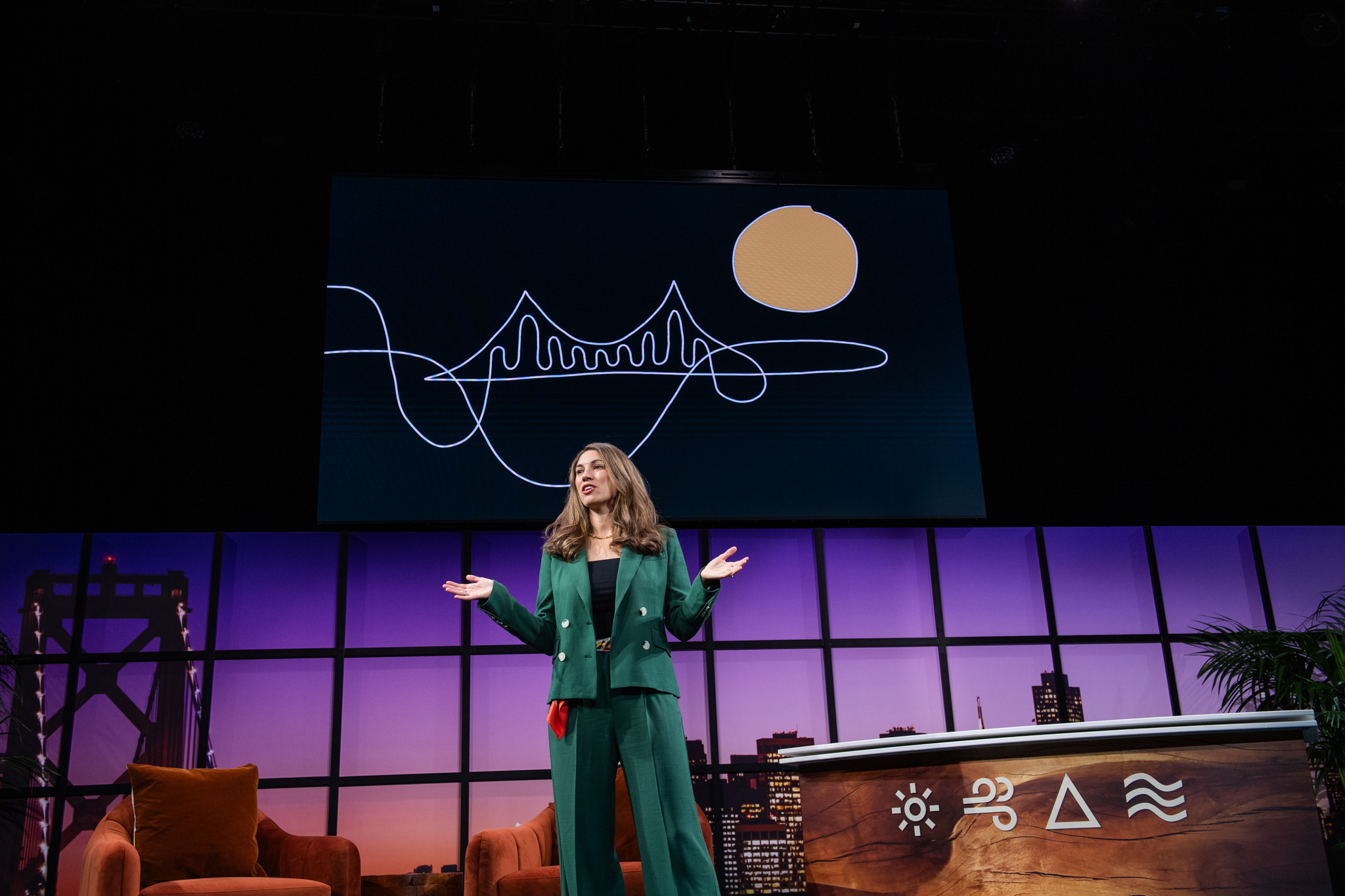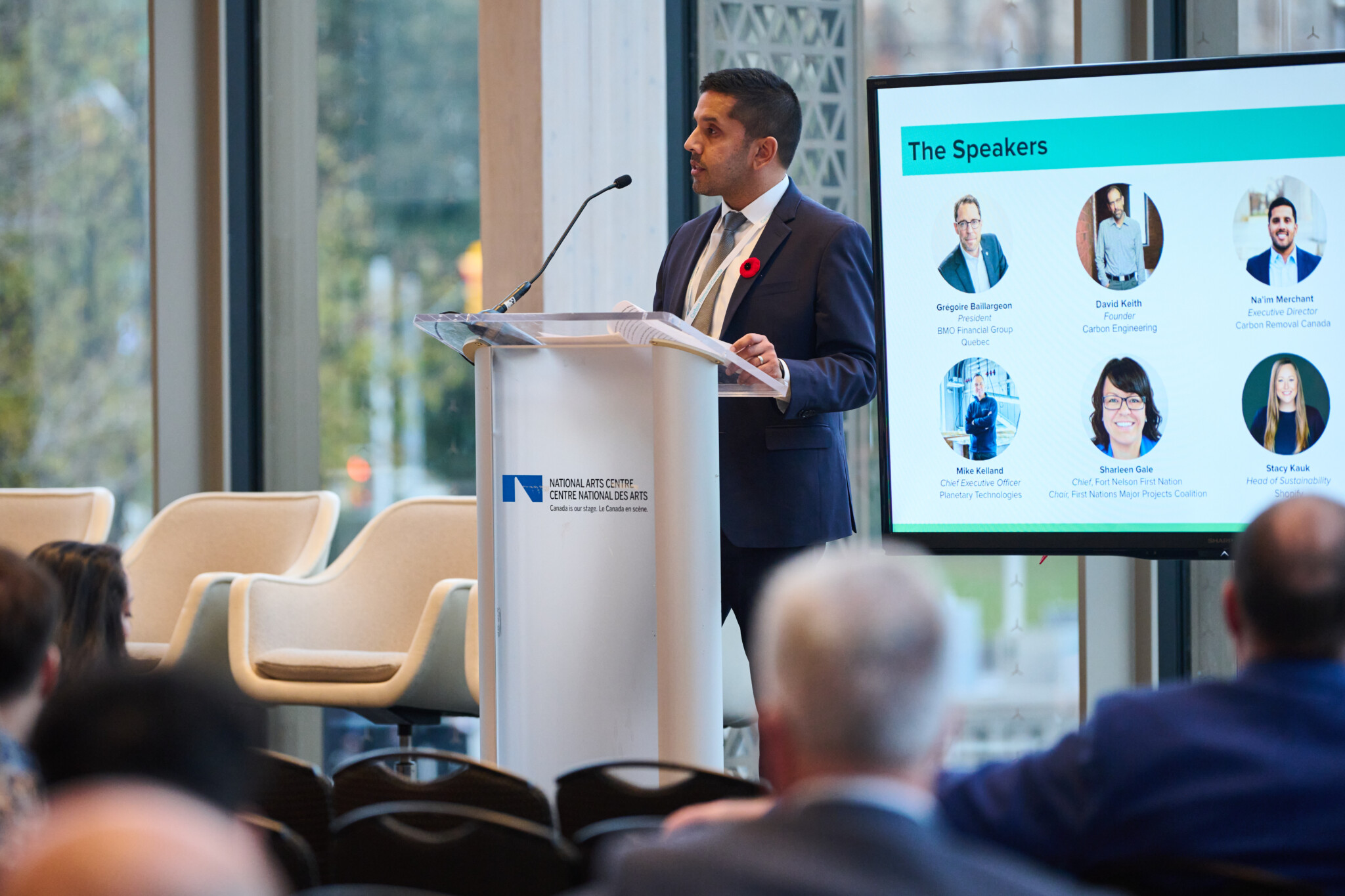
Who is this one startup? Meet Carbon Lighthouse. Their team is focused on stopping climate change by engineering new ways to cut global emissions from non-residential buildings. They have found millions of dollars in lifetime savings and reduced over 100,000 metric tons of carbon based on their energy optimization plans.

Brenden Millstein, CEO at Carbon Lighthouse
We met Brenden at an intimate info session at the Westly Group offices. If you know him, he’s probably one of the most process-oriented people you’ve ever met. He has a process for everything, including finding and filtering new markets and customers using a mix of technical resources and labor. The end result? A list of nearly 2,500 potential customers who are owners of non-residential buildings, their sweet spot. Here is how they did it:

Step 1 – Collect and analyze existing data: To identify potential customers, the Carbon Lighthouse team relies heavily on collecting data from a network of sensors they install in client buildings. Their current client portfolio includes more than 450 buildings. They collected data by hiring Task Rabbits to get and scan publicly available country records from municipalities, UpWorkers to convert the PDFs into a database, and then using web-crawling and machine learning to convert the public records into names of people who would be a good fit for profitable carbon reductions.
Step 2 – Use the data to create customer profiles: The data allowed them to pinpoint customers who could benefit the most from their technology and integrative process. By calculating their optimal cost and energy savings, they were able to hone their target markets into three categories:
· Owners of commercial buildings greater than 50,000 square feet;
· Geographies in the U.S. with power costs greater than 6.5 cents per kilowatt hour; and
· Universities and private schools.
Step 3 – Develop a value proposition around each customer profile: This allows the Carbon Lighthouse team to easily understand and speak to each customer segment depending on their needs. One way Brenden and his sales team honed their sales pitch was through attending a commercial building convention with 500+ exhibitors in the exhibit room and 2.5 days of vetting different pitches. They started with his coworker walking down one aisle of the conference’s exhibit room doing pitch #1, and Brenden walking down the next aisle doing pitch #2. They would meet at the end of the aisles, compare notes to see what was working, and iterate their pitch based on the sales rate.
Over the 2.5-day conference they collected about 700 data points and walked away with a clear cut winning pitch (insert mic drop).
Step 4 – Execute on the sales strategy around these filters: To reach their identified customers, they utilize a three-step approach:
1. Visit market specific trade shows.
2. Develop a pricing strategy (once again process driven!).
3. Execute on the data and value propositions they created for their customers.
By testing out this strategy, Brenden and his team created a clear path to reaching their specific customer base. They are now on the road toward growth, and always keep their core message short, sweet, and specific. Clients receive an immediate payback since Carbon Lighthouse covers all installation costs, and clients receive positive cash flow in year one. The data speaks for itself, $5-$10 of net profit per square foot for clients.
What is your process for identifying and vetting new markets?
More info on Carbon Lighthouse and their Elemental Excelerator demonstration project.




